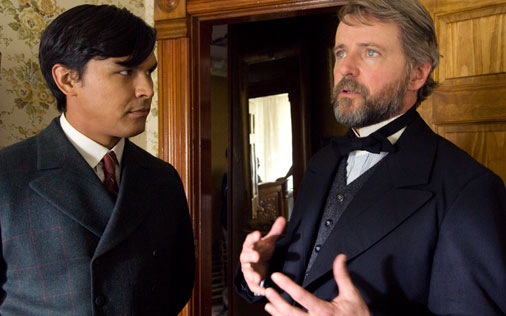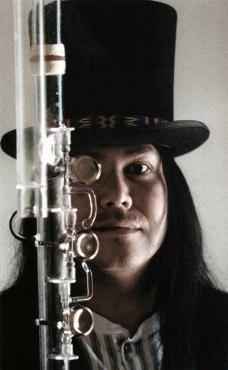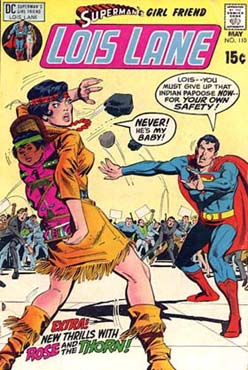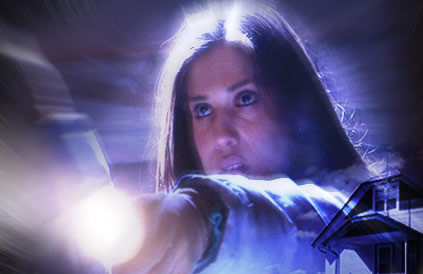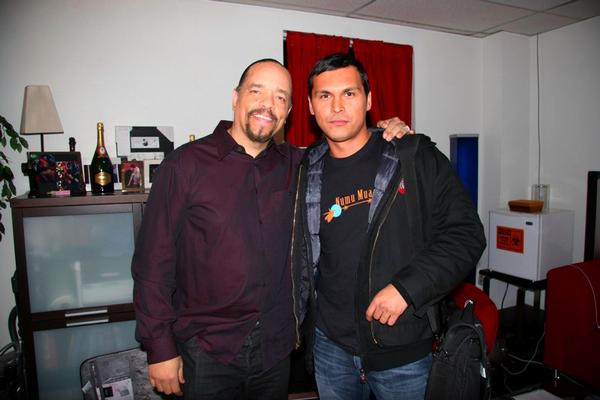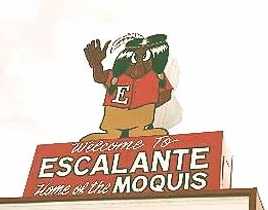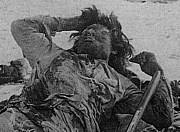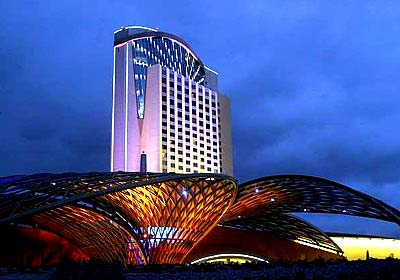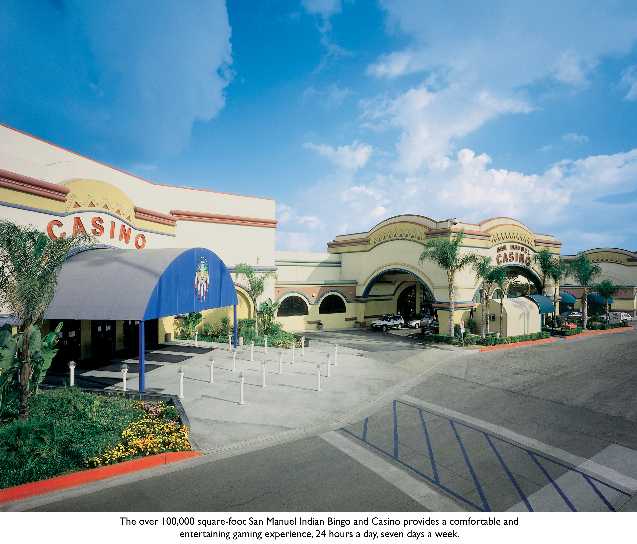Cheyenne AutumnCheyenne Autumn is a 1964 western starring Richard Widmark, Carroll Baker, James Stewart, and Edward G. Robinson. The film was the last western to be directed by John Ford, who claimed it to be a sort of elegy for the Native Americans who had been abused by the American government and misinterpreted by many of the director's own films.John Ford Mounts Huge Frontier WesternThere is poetry in the graphic comprehension—in a scene of the Indians at dawn, wrapped in their Government blankets, their chiefs standing stalwart and strong; in scenes of the cavalry wheeling and thrashing in skirmishes with the tribe. And there is tragic and epic grandeur in the enactment of the whole exodus theme."A big mess."A big mess; an epic Western that is burdensome and wooden and even though it gets the story right about the Indians and humanizes them in a sympathetic light it still fails to give them well-developed characters and further slights them by casting Latinos such as Sal Mineo, Gilbert Roland, Dolores Del Rio and Ricardo Montalban to portray them.Cheyenne Autumn B+As the scholar Place has noted, in the book, from which the story and film's title derive, the Indians' point of view is taken throughout, and the few white characters do not stand out as individuals. However, the Native Americans in Cheyenne Autumn are much like those of his earlier film, they stand for "something," rather than being flesh-and-blood individuals. Indeed, the Indians are not even presented as hostile individuals, just as a massive collective.Comment: Let's look at the portrayal of Indians in John Ford's
Cheyenne Autumn:
The goodThe movie acknowledges that the Cheyenne were promised food and medicine. They're suffering from smallpox, measles, and malaria.The Indians speak some unidentified language, possibly Cheyenne. A few speak English.The Cheyenne are dressed in Western clothes: shirts and pants for the men, long dresses for the women.Only three braves are shown riding off without shirts but with feathers in headbands. (Since they're fiery young hotheads, this seems reasonable.)A cowboy cuts off the scalp of a fallen Cheyenne.Politicians in Washington DC want the Army to oversee the Dept. of the Interior so they can better exploit the Indians.A plain full of bones shows what the white man did to the buffalo.Newspapers invent or exaggerate the "Indian menace."The badOminous drumming and chanting fill the initial Cheyenne encampments.Some Cheyenne smoke peace pipes.Richard Widmark and Carroll Baker are on hand to express sympathy toward the Cheyenne--presumably because the Cheyenne themselves aren't sympathetic enough.The Latinos playing the primary Cheyenne characters are unconvincing as Indians. (The Indian "extras" may well be played by Indians.)The interlude with Jimmy Stewart as Wyatt Earp derails the whole film. Ford spends so much time here that he seems to lose interest in the main story. You get the feeling that this is the tale he really wanted to tell, but someone forced him to film the Cheyenne.At one point a Cheyenne raises his hand and says "How."The uglyThe opening shot of the movie shows tipis in Monument Valley (!), a spot where tipis have never stood except as a tourist attraction.The movie takes place in and around Monument Valley. The narration tries to cover this by calling it "American Southwest." But the Cheyenne were encamped in Oklahoma, which isn't the Southwest and which looks nothing like southern Utah.
This is a prime example of locating Indians in the wilderness "out there." The effect is to make them seem remote and exotic. The real Cheyenne probably met lots of homesteaders when they trekked through Oklahoma and Nebraska, but here they're out of sight and out of mind.
This setting also commingles the Cheyenne with the real Indians of the Southwest, particularly the Navajo. The effect is to make all Indians seem the same. According to Ford's movies, they all lived, suffered, and died in some barren wasteland.
You have to pity them--and here I mean all Indians--and shake your head at their folly. Who would choose to live in a desert when America had so much prime real estate? Although we understand the Indians' attachment to the land intellectually, we don't feel this is a fit place for human habitation.
The stark, unearthly Monument Valley is just about the polar opposite of what we call civilization. So white men live in towns, homes, and forts while Indians live amid dirt, rocks, and cacti. In other words, white men are civilized and Indians aren't.
ConclusionCheyenne Autumn isn't a masterpiece, but it has many good attributes. It's worth seeing for what it says about the changing perception of Indians. Rob's rating: 7.5 of 10.



